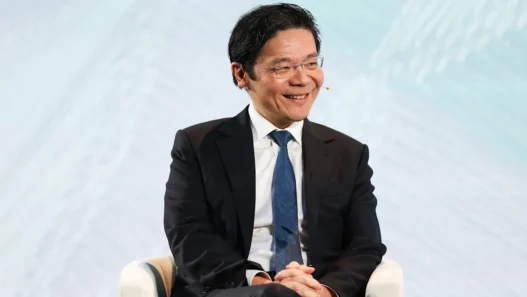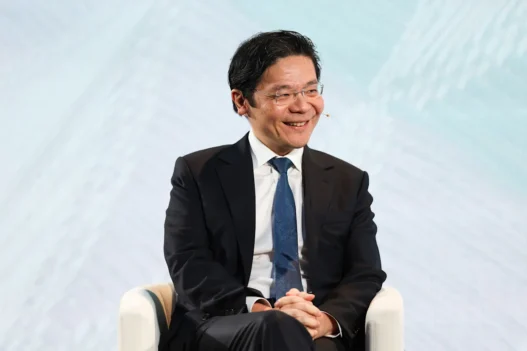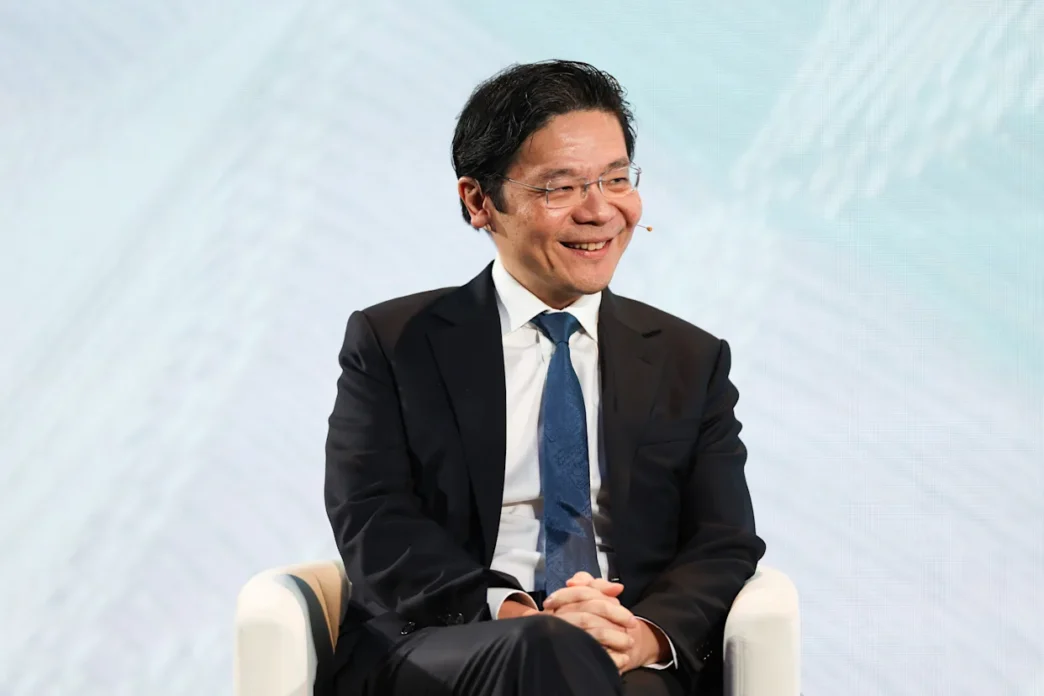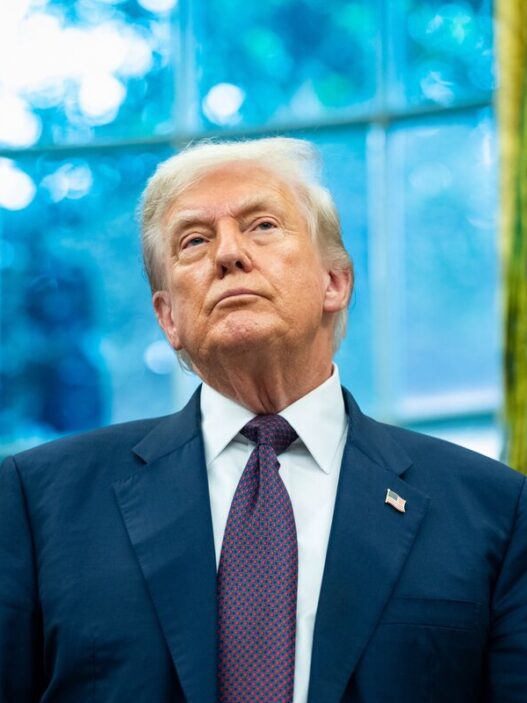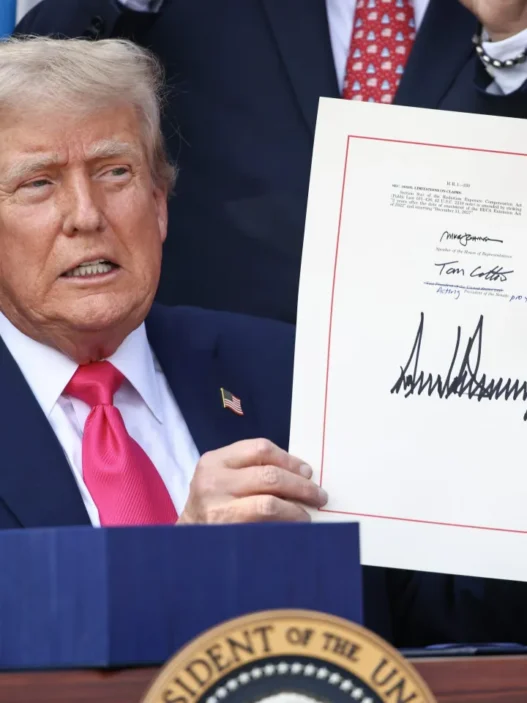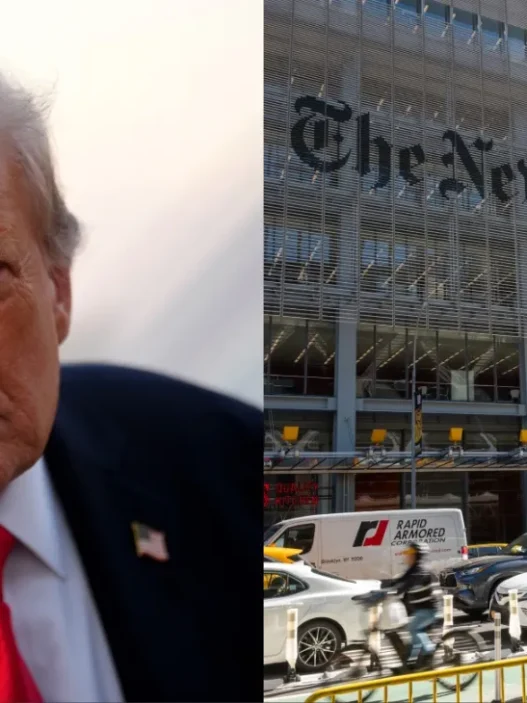Singapore has issued a clear and sobering message to global markets and diplomats: even as Washington and Beijing ease tariffs and revive high-level dialogues, the structural rivalry between the world’s two largest powers will continue to define international politics for years to come. The recent trade détente, while welcome, is not a reset—but merely a pause within a deeper contest over technology, security, and global influence.
Speaking against a backdrop of geopolitical uncertainty, Singaporean officials stressed that the United States and China remain locked in a long-term competition that extends far beyond trade balances or tariff schedules. The rivalry, they warned, is systemic, strategic, and unlikely to dissipate even with renewed cooperation.
A Trade Truce That Masks Deeper Strategic Divergence
The U.S. and China have, in recent months, sought to stabilize an increasingly volatile relationship. Senior officials have exchanged visits, trade discussions have resumed, and both sides have toned down their rhetoric. Yet Singapore argues that these diplomatic efforts should not be mistaken for a fundamental shift.
The trade truce—characterized by suspended tariff hikes, expanded agricultural imports, and modest concessions on supply chains—reflects mutual economic pragmatism. But below the surface, major fault lines remain entrenched:
- Technology dominance
- Military competition in the Indo-Pacific
- Control over critical supply chains
- Competing governance models
- Diplomatic influence in Asia, Africa, and Latin America
Singaporean leaders emphasized that these are not issues that can be resolved through trade ministries or tariff negotiations—they cut to the core of national identity and long-term global strategy.
Technology: The Heart of the Rivalry
In Singapore’s view, technology is the epicenter of U.S.–China tensions. While trade disputes are cyclical, the battle for technological leadership is structural.
Key battlegrounds include:
- Semiconductors: U.S. export controls are designed to slow China’s progress in AI and advanced computing.
- AI and data governance: Competing models of digital sovereignty and AI regulation.
- 5G and communications networks: A global competition over standards, infrastructure, and influence.
- Green technologies: EVs, solar, and battery supply chains reshaping industrial policy.
Singapore notes that neither side is likely to compromise on these fronts. The U.S. views technological dominance as essential to national security, while China sees tech leadership as central to its modernization and geopolitical ambition.
The Indo-Pacific: A Region Caught in the Middle
As an ASEAN nation deeply integrated into global trade, Singapore sits at the crossroads of U.S.–China competition. The city-state maintains strong economic relations with China and robust security ties with the U.S. Its perspective is therefore uniquely balanced—and deeply pragmatic.
Singaporean officials argue that the Indo-Pacific will remain the primary theater of competition, regardless of trade de-escalation. The region has witnessed:
- Increased U.S. naval operations
- Expanded Chinese military presence
- Intensifying disputes in the South China Sea
- A strategic race for influence among smaller states
- Growing military partnerships between the U.S., Japan, India, and Australia
Singapore warns that countries in Southeast Asia will face increasing pressure to navigate between the two powers, even as they try to maintain neutrality and maximize economic benefits.
Economic Interdependence Is Not Enough to Prevent Competition
The U.S. and China remain deeply economically linked. China is a major holder of U.S. Treasury securities, a top trading partner for dozens of nations, and an anchor in global manufacturing. The U.S. remains the world’s leading consumer market and technological powerhouse.
Yet Singapore cautions that interdependence does not guarantee stability.
Recent years have shown:
- Supply-chain reconfigurations
- National security–driven industrial policies
- Strategic decoupling in sensitive sectors
- Investment screening mechanisms targeting China
- Emerging blocs in critical minerals and green tech
This suggests a world in which economic cooperation and strategic rivalry coexist—producing both collaboration and confrontation.
Singapore’s Role: A Stabilizer in an Age of Rivalry
Singapore has long positioned itself as a bridge between East and West. Its leaders have consistently advocated for:
- Open markets
- Predictable rules
- Respect for international law
- De-escalation of great-power tensions
- ASEAN centrality in regional architecture
But as U.S.–China friction intensifies, Singapore’s balancing act becomes more complex. The city-state emphasizes that smaller nations must remain agile, diversify partnerships, and avoid being forced into binary choices.
Singapore also urges both powers to build guardrails—mechanisms that prevent competition from spiraling into conflict. Although the trade truce is a positive step, officials warn it will not automatically create trust or stability.
The Global Ripple Effects of Persistent Rivalry
Singapore stresses that a continued U.S.–China rivalry will shape global systems in profound ways:
1. Fragmented supply chains
Companies diversify into India, Vietnam, and Mexico, reshaping global manufacturing.
2. Competing technology ecosystems
Two separate tech and data regimes could emerge—one U.S.-led, one China-led.
3. Intensified resource competition
Both powers race to secure critical minerals, energy routes, and strategic infrastructure.
4. Military modernization
The Indo-Pacific could see the fastest arms buildup of the 21st century.
5. Pressure on non-aligned states
Countries may face growing pressure to choose sides, even if they prefer neutrality.
For Singapore, the challenge is to ensure that rivalry does not overwhelm regional stability or economic integration.
Conclusion: The Truce Is Temporary—The Rivalry Is Structural
Singapore’s message to the world is clear: don’t mistake tactical cooperation for strategic convergence. The U.S.–China trade truce offers welcome relief to global markets, but it does not alter the underlying dynamics driving rivalry.
The two powers are competing not just for market access, but for technological dominance, military advantage, and ideological influence. In that context, Singapore argues, the world must prepare for a long-term era of strategic competition—one in which diplomacy must be relentless, and in which stability will depend on careful management rather than resolution of differences.
The rivalry will persist. The challenge is ensuring it does not destabilize the global order that underpins prosperity for nations large and small.


